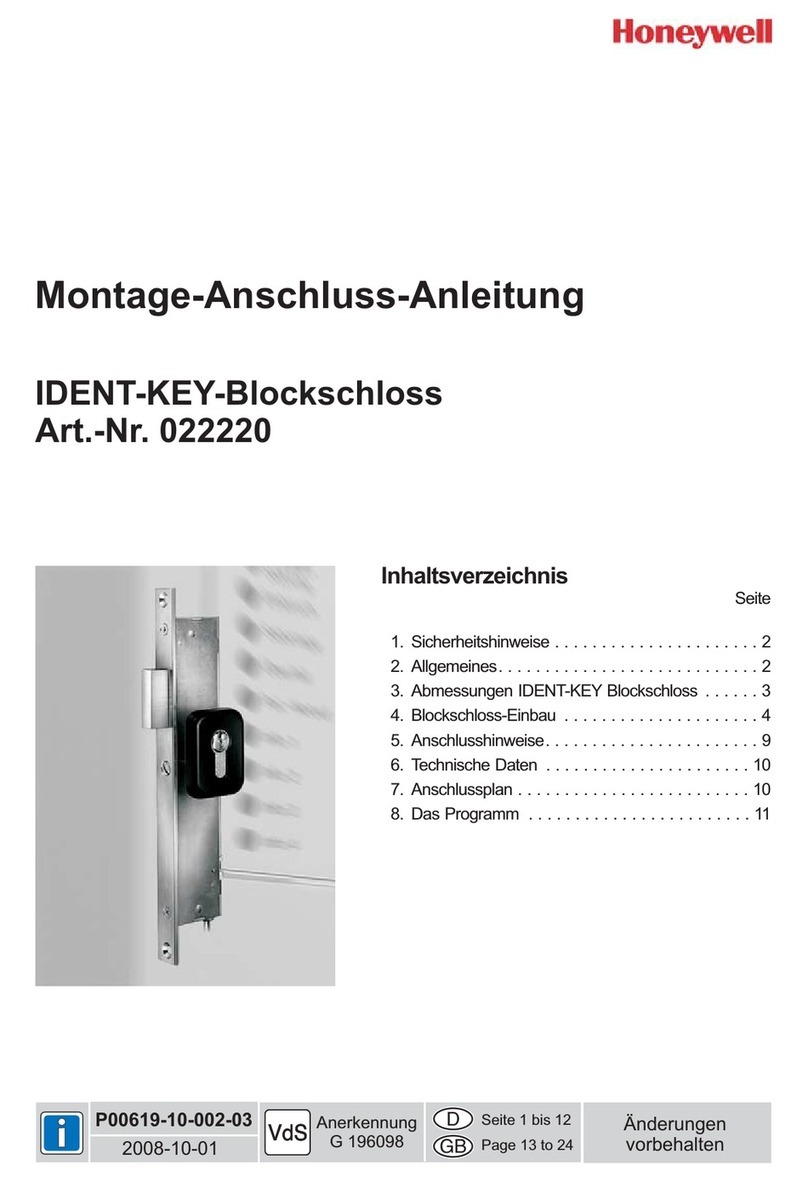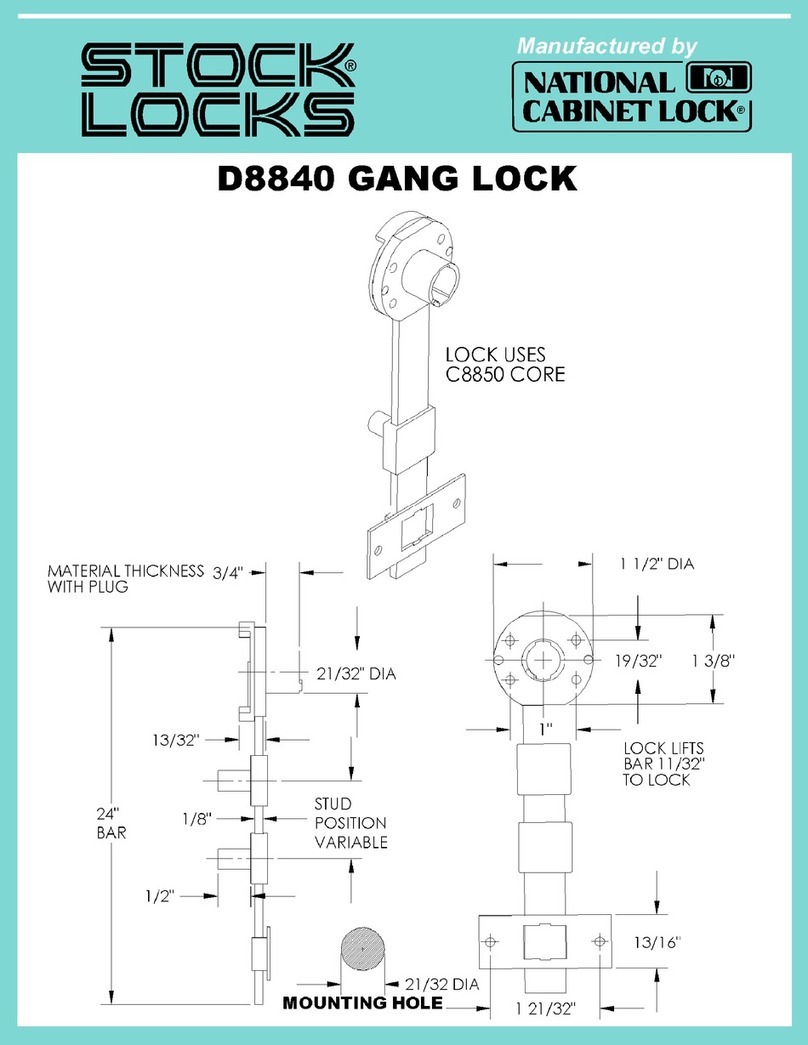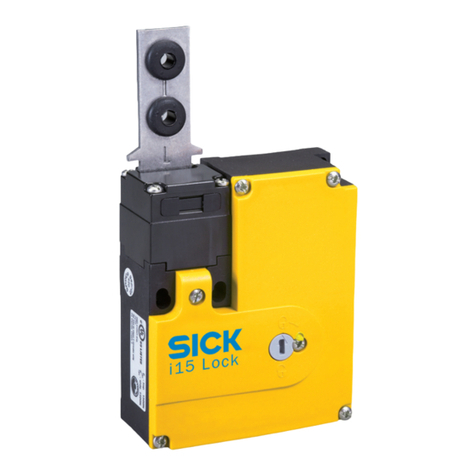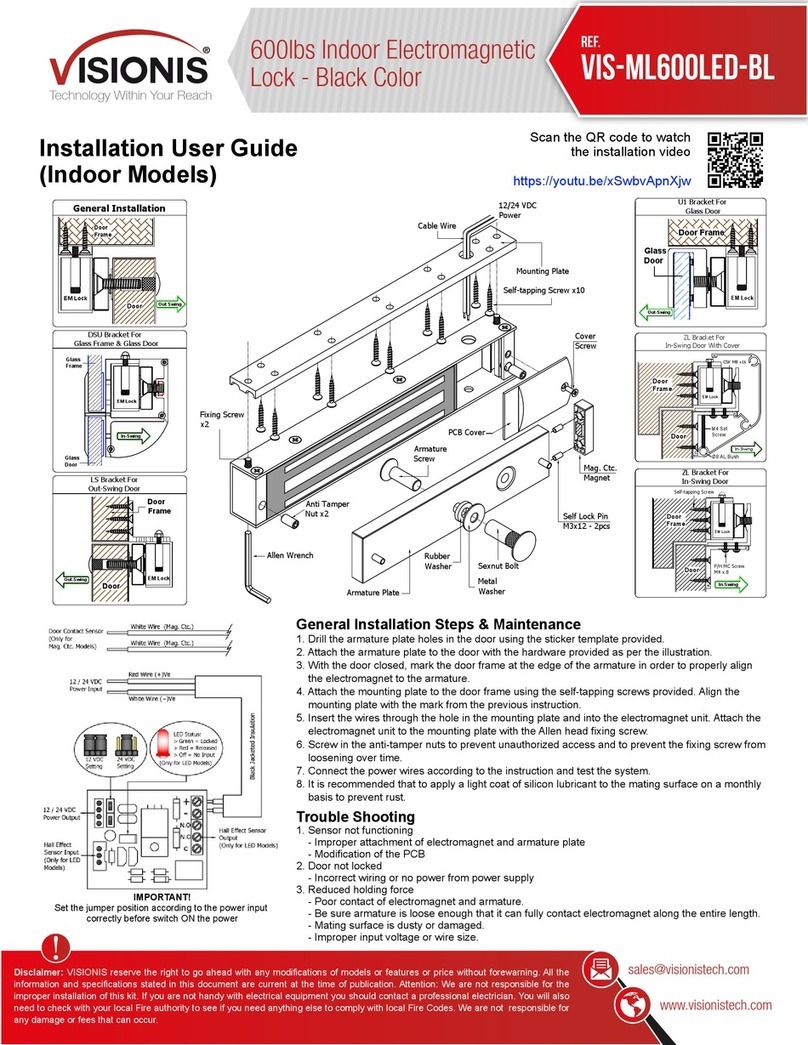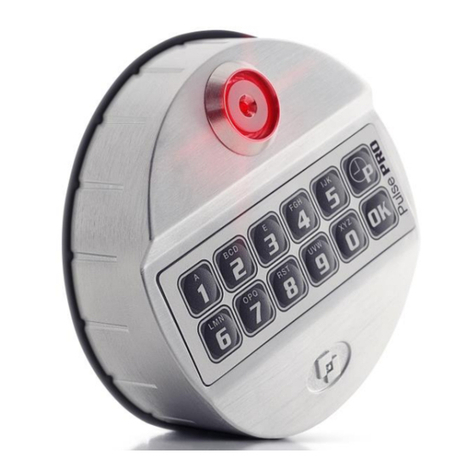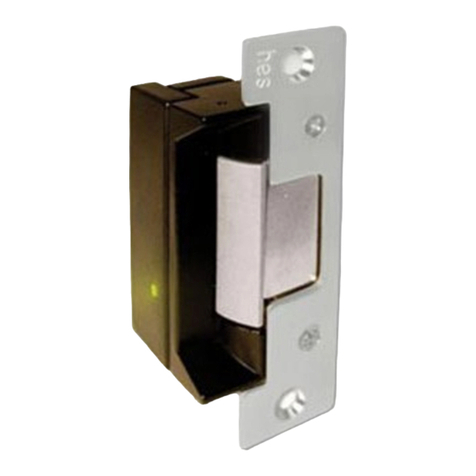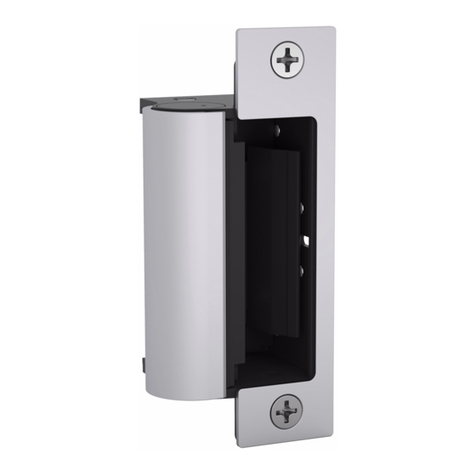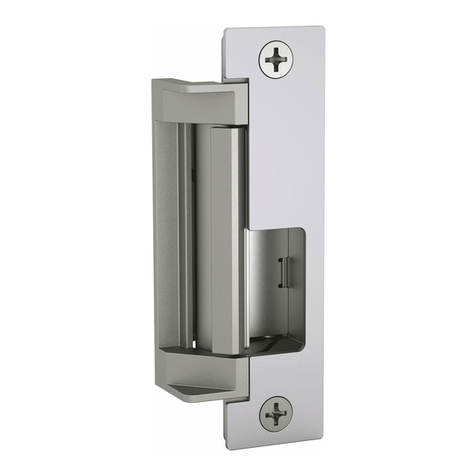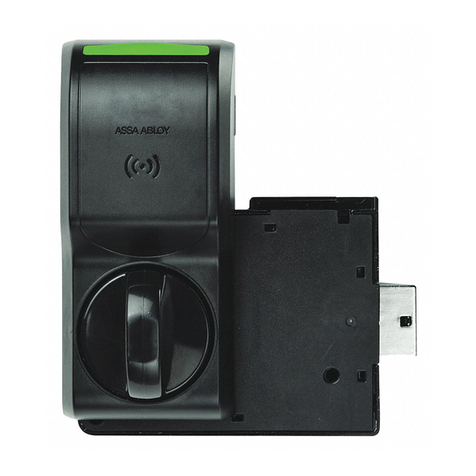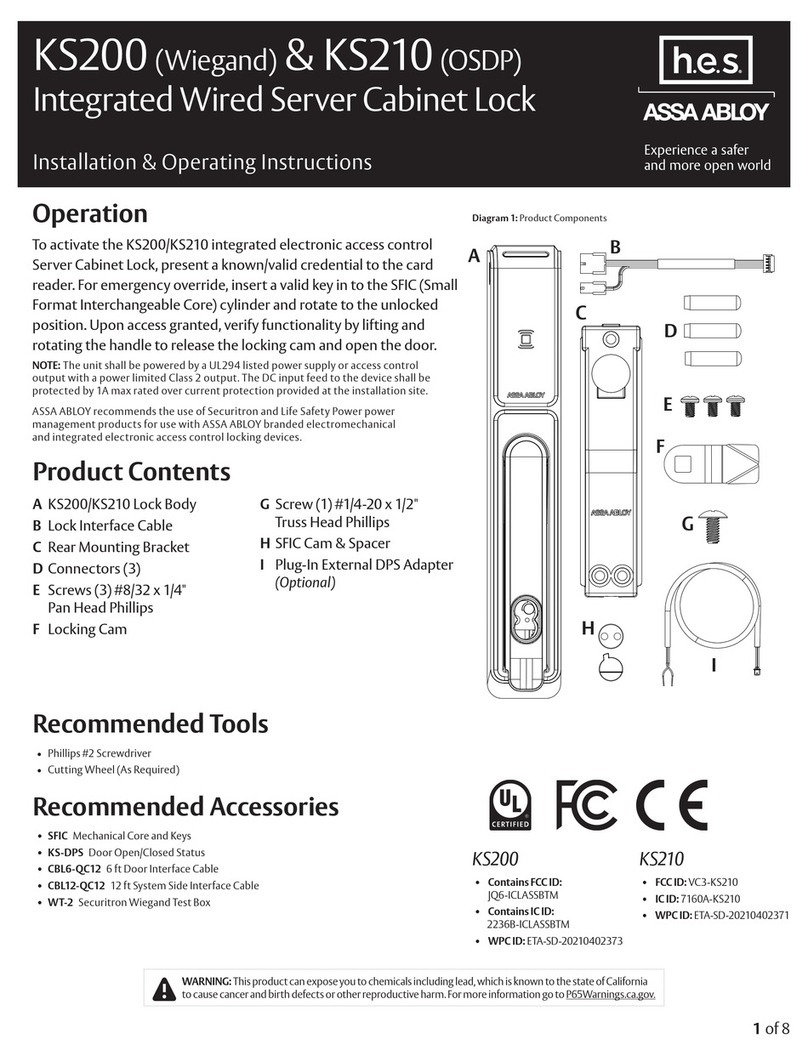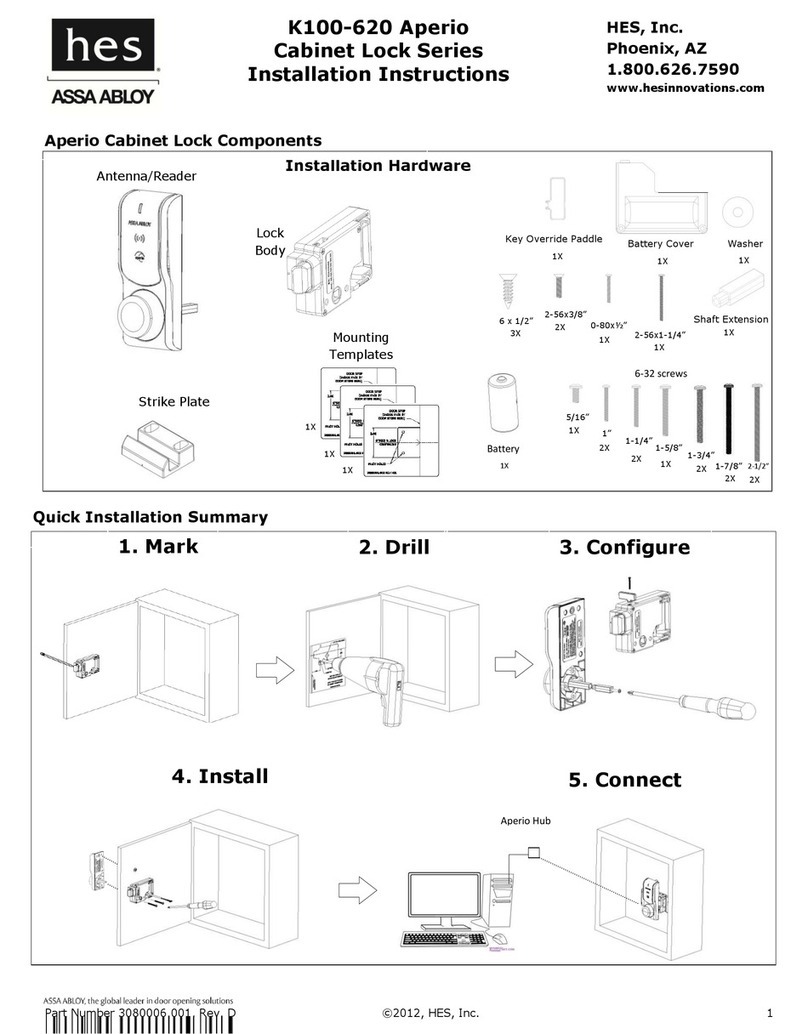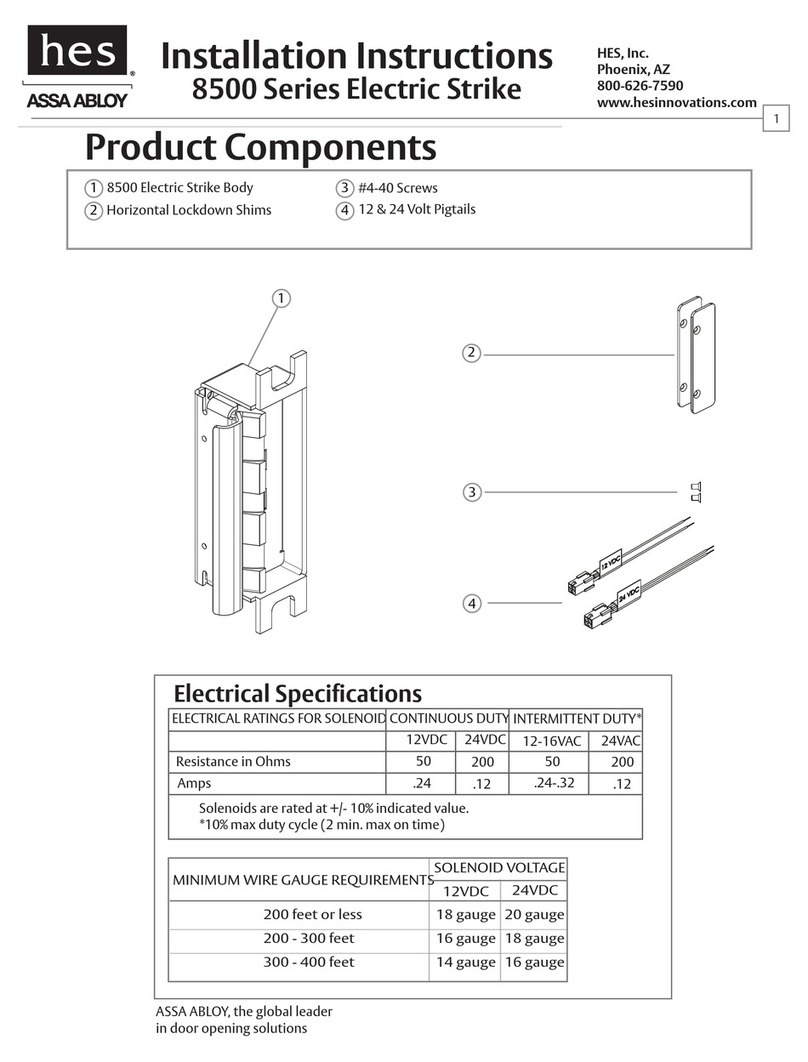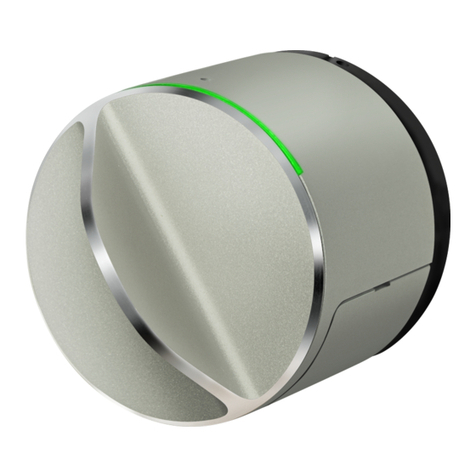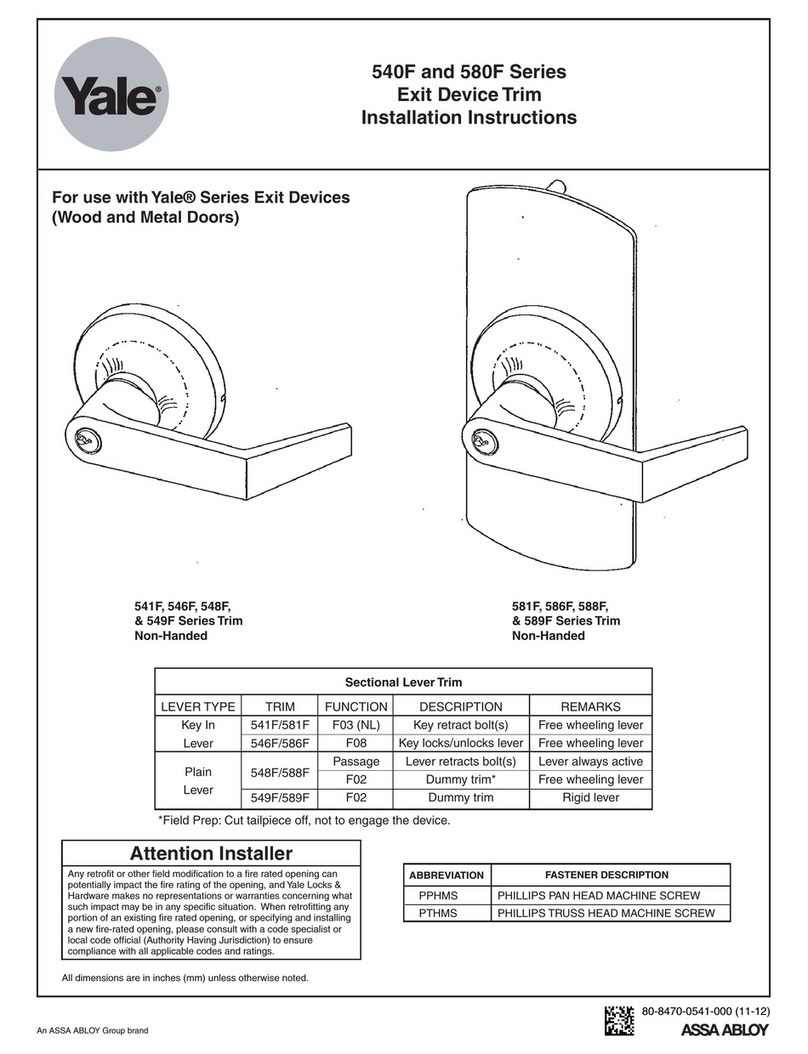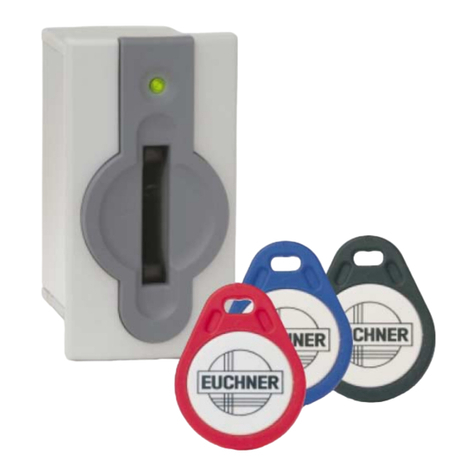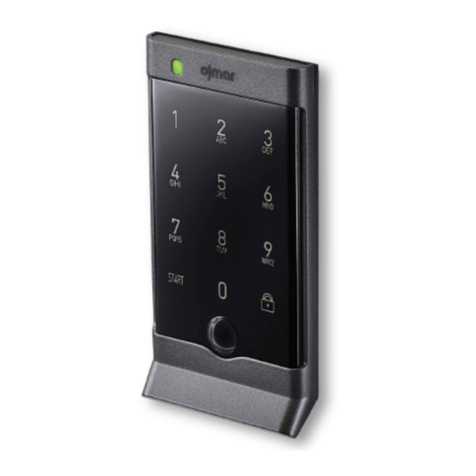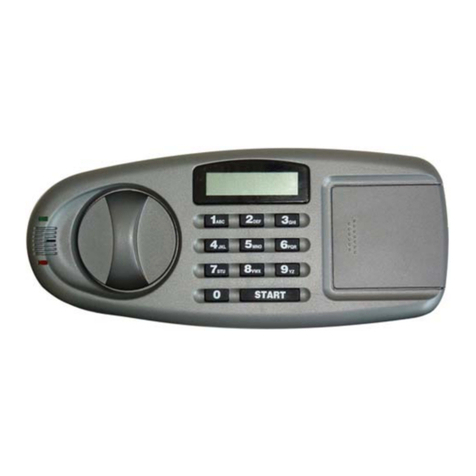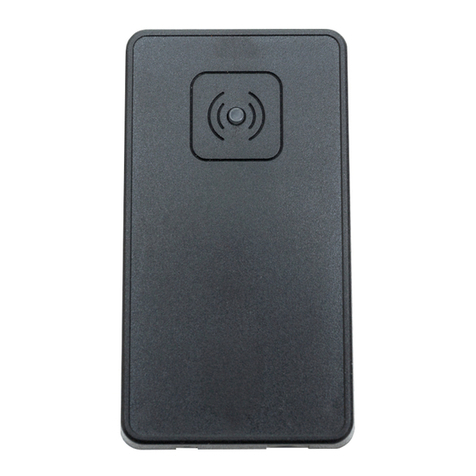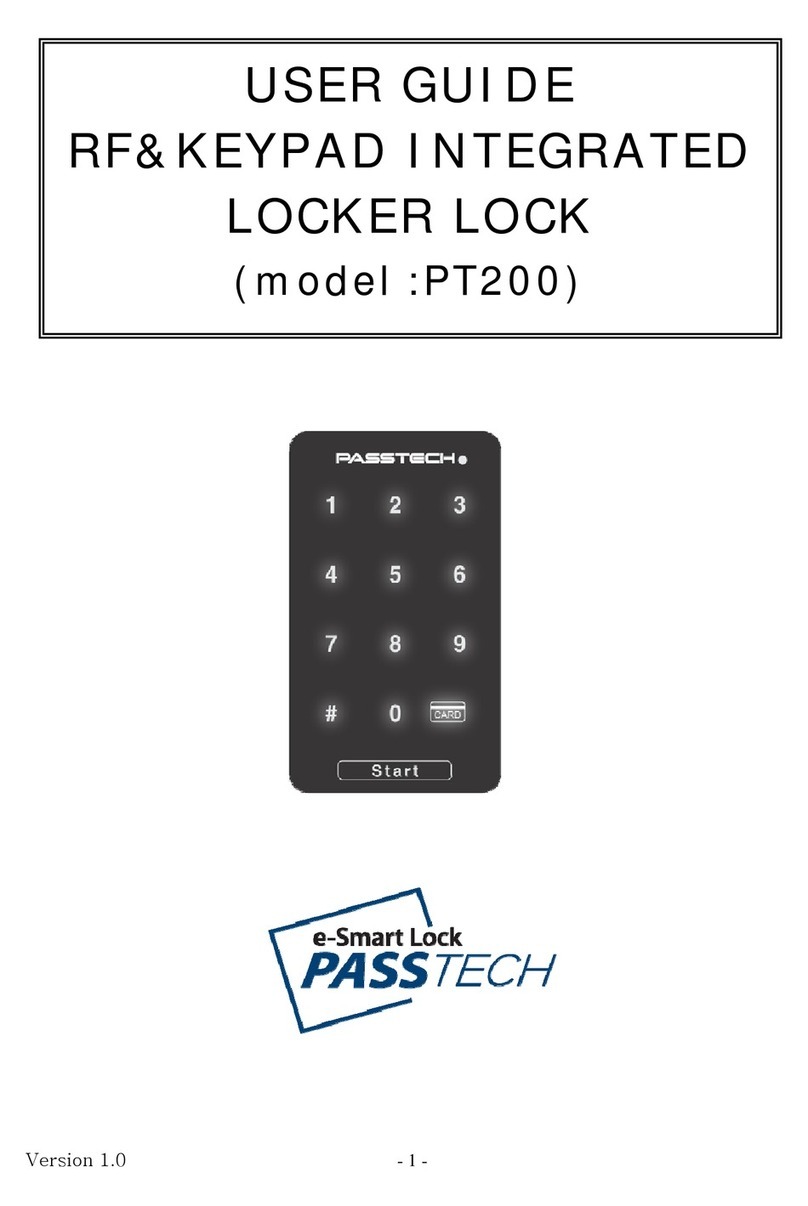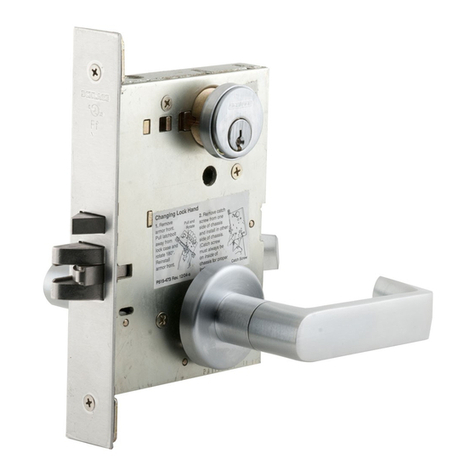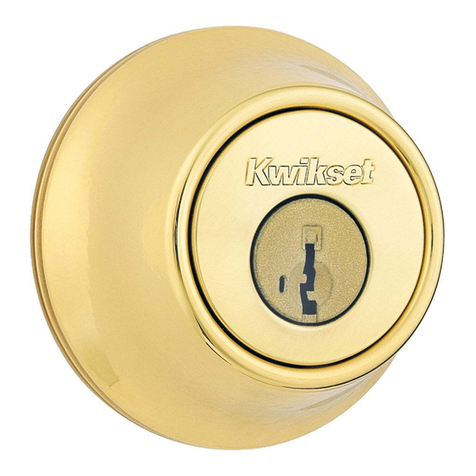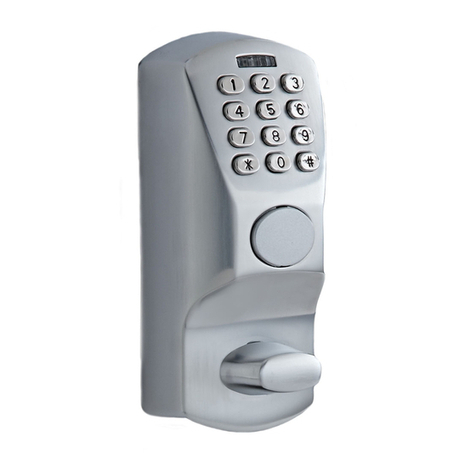
© HES 20014
Hanchett Entry Systems, Inc. • 2040 West Quail Ave. • Phoenix, AZ 85027 • 800-626-7590 • www.hesinnovations.com • www.electricstrikes.com
FIVE YEAR LIMITED
WARRANTY
ELECTRIC STRIKE TROUBLE SHOOTING GUIDE
If the electric strike does not operate properly after
installation, the following problems may need to be corrected.
Please read carefully before calling for technical service.
Step 1. If the electric strike does not operate properly, open the door
and re-energize the electric strike. If the electric strike operates
properly with the door held open, the lockset may be pre-loading or
binding the keeper of the electric strike.
Solution: The horizontal relationship between the lockset and the
electric strike will have to be adjusted to eliminate the binding between
the bolt of the lock and the electric strike keeper (also See Note 2.)
Step 2. If all mechanical problems have been eliminated without
successful electric strike operation, check the following electrical
problems:
a. Examine the power supply or transformer to verify that the output
voltage is at the listed rating.
b. Verify that the power wires leading to the electric strike are a large
enough gauge to handle the current requirements (see above).
Note: Some voltage may be lost when using smaller gauge wires
over long distances.
c. Using a multimeter: Verify that the input voltage is within the
recommended limits (+-5%).
d. Verify that all peripheral devices such as bridge rectifiers,
SMART-Pacs, buzzers, L.E.D.s etc. are properly connected.
e. Check that the switch, key pad, etc., meets the voltage requirements
for the system.
Note 1: A quick way to determine if an electric strike is defective is to
install it in a site where another electric strike has been installed and
working properly. Another way is to use an alternative power source to
test the electric strike (i.e. a DC battery pack.)
Note 2: If the voltage is slightly too low to operate the electric strike, a
35 volt, 220 micro-farad capacitor may be installed across the bridge
rectifier (positive to positive, negative to negative) to provide an initial
boost of power to the unit. This is also helpful to overcome slight pre-
loading conditions (as in step 1.)
FOR ANY QUESTIONS REGARDING THIS INFORMATION, CALL
OUR TECHNICAL SERVICE LINE AT 1-800-626-7590
ELECTRICAL RATINGS Continuous Duty
FOR SOLENOID 24 VDC 12 VDC
Resistance in Ohms 106.6 26.6
Amps Seated .225 .45
C
CAU
AUT
TI
IO
ON!
N! Before connecting any device at
the installation site, verify input voltage and
current using a multimeter. Many power
supplies and transformers operate at higher
levels than listed. Any input voltage exceeding
5% of the solenoid rating may cause severe
damage to the unit and will void the warranty.
MINIMUM WIRE GAUGE Solenoid Voltage
REQUIREMENTS
24 VDC 12 VDC
200 feet or less 18 gage 14 gage
200 - 300 feet 18 gage 12 gage
300 - 400 feet 16 gage 12 gage
12 Volts
Figure A
White
Blue Yellow
Orange
RIB
AFigure B
24 Volts
RIB
White Yellow
Blue
Blue
Orange
Orange
Part #LHA9600/004
WIRING DIAGRAM FOR 12/24 VOLTS
Caution: To prevent damage to the unit, cap all wires.
Note: 9600 is supplied as a 12 volt unit. For 24 volts see figure B.
9600 LATCHBOLT MONITOR:
WIRING COLOR CODE:
White –Common
Yellow –N.O.
Orange –N.C.
Note:
Horizontal Lock
Down Screws x2
